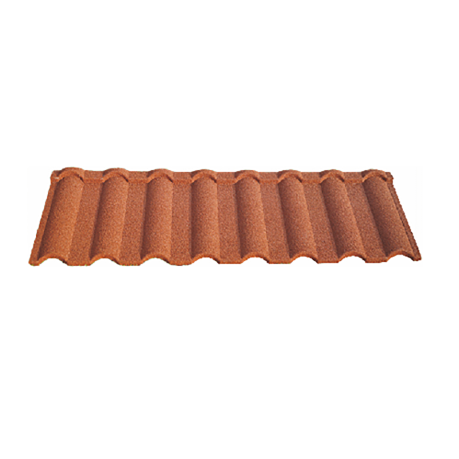
Nov . 14, 2024 11:06 Back to list
rolled asphalt roofing installation
Installation of Rolled Asphalt Roofing A Comprehensive Guide
Rolled asphalt roofing, often referred to as rolled roofing, is a popular choice for both residential and commercial buildings due to its cost-effectiveness and ease of installation. This type of roofing material is made from a mixture of asphalt, fiberglass, or organic felt, and is typically used for low-slope roofs or where an economical roofing option is required. In this article, we will explore the installation process of rolled asphalt roofing, highlighting the essential steps, tools required, and some best practices to ensure a durable and secure installation.
Tools and Materials Needed
Before diving into the installation process, it’s important to gather all the necessary tools and materials. The essential tools include
- Roofing nails or staples - A hammer or nail gun - A utility knife - A measuring tape - A chalk line - A roofing roller or broom - A ladder - Safety gear (gloves, goggles, etc.)
As for materials, you will need rolled asphalt roofing, roofing cement, and, if applicable, a starter strip or underlayment.
Preparing the Roof Surface
The first step in the installation of rolled asphalt roofing is to prepare the roof surface. Ensure that the roof deck is clean, dry, and free from any debris or sharp protrusions that could damage the new roofing material. If you are working with an existing roof, consider replacing any rotted or damaged boards. A smooth, even surface is crucial for a successful installation and can significantly extend the lifespan of your roof.
Measuring and Cutting the Material
Once the roof surface is adequately prepared, the next step is to measure and cut the rolled asphalt roofing. Begin by measuring the length of the roof surface to determine how many rolls you will need. Standard rolls are usually 36 inches wide and 36 feet long. When cutting the material, it's a good idea to make your cuts in a manner that minimizes wastage. Use a utility knife for clean cuts, and always wear safety gloves to protect your hands.
Installing the Starter Strip
rolled asphalt roofing installation

Before laying down the rolled roofing, you may want to install a starter strip along the eaves of the roof. This strip acts as a barrier against water intrusion and serves as a base for the first row of rolled roofing. Ensure that the starter strip overhangs the roof edge by about 1 to 2 inches and secure it using roofing nails.
Laying the Rolled Asphalt Roofing
Starting from one edge of the roof, unroll the first strip of asphalt roofing, ensuring it overlaps the starter strip. Align it carefully, and ensure it extends over the roof edge. Use nails or staples to attach the roll to the roof deck, placing them every 6 to 12 inches along the edges and at intervals down the length of the roll. It’s essential to secure the roofing properly to avoid issues with wind uplift.
As you continue to lay the rolled roofing, overlap each subsequent roll by at least 6 inches to ensure maximum protection against water infiltration. Use a chalk line to keep your rows straight and consistent, as this will not only improve aesthetics but also enhance water drainage.
Sealing the Joints
After all the rolls are laid, it is crucial to seal the joints properly. Apply roofing cement to the seams between the rolls, using a roofing brush to spread it evenly. This step is vital to prevent leaks and protect against moisture penetration.
Final Touches
Once the roofing is fully installed, check for any loose areas and secure them with additional nails or roofing cement. Make sure to clean up any excess materials and debris from the installation site.
Conclusion
Installing rolled asphalt roofing may seem daunting, but by following these steps, you can achieve a durable and attractive roof. The key is to take your time during the preparation and installation processes, ensuring each step is carried out meticulously. With the right tools, materials, and attention to detail, your rolled asphalt roofing can provide reliable protection and enhance the longevity of your roof for many years. Whether you are a DIY enthusiast or a seasoned contractor, understanding the installation of rolled roofing can be a valuable skill in your roofing toolkit.
-
Stone Coated Metal Roof Tile-Roman Tile for Durable Elegant Roofing
NewsJul.24,2025
-
Stone Coated Metal Roof Tile-Nosen Tile: Durable & Stylish Roofing
NewsJul.23,2025
-
Durable Tiles Made of Clay for Modern Cladding Solutions
NewsJul.22,2025
-
Stone Coated Roman Tile Metal Roofing - Durable & Elegant
NewsJul.22,2025
-
Premium Roofing Granules for Sale - High Durability & Cost-Saving
NewsJul.21,2025
-
Durable Laminated Shingles for Weather-Resistant Roofing
NewsJul.21,2025







